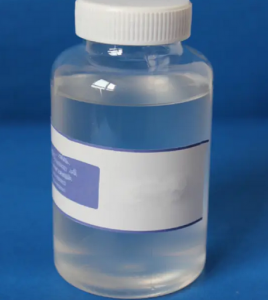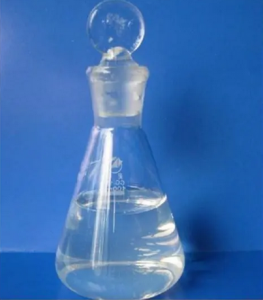Soy Isoflavone CAS NO.: 574-12-9
Name: Isoflavone
CAS No.: 574-12-9
Appearance: Light tan to yellow brown powder
Molecular formula: C15H10O2
Molecular Weight: 222.2387
Density: 1.239g/cm3
Boiling point: 367°C at 760 mmHg
Flash point: 171.1°C
Vapor Pressure: 1.41E-05mmHg at 25°C
Molecular structure:

Description:
Genistein in soy isoflavones has the effect of anti-proliferation of malignant cells, can promote the differentiation of malignant cells, inhibit the malignant transformation of cells, and prevent the invasion of malignant cells, so it can effectively control breast cancer, uterine cancer, prostate cancer, The occurrence and development of various cancers such as colon cancer.
In addition, soybean isoflavones have obvious inhibitory effect on tumor metastasis. Soy isoflavones can also reduce the synthesis of cholesterol in the body, reduce the concentration of blood cholesterol, and reduce blood lipids. Soy isoflavones have a protective effect on the cardiovascular system by intervening in the action of platelets and thrombin, reducing the formation of atherosclerotic plaque (thrombus).
In old age, bones become brittle; women are prone to osteoporosis after menopause, which is caused by estrogen deficiency and calcium deficiency. Soy isoflavones belong to plant hormones. Its structure is similar to estrogen, and its function is similar to estrogen. It can prevent the loss of bone mass in postmenopausal women and has a therapeutic effect on osteoporosis.
 call us :
call us :  send a message :
send a message : 



























 online service
online service +8613866722531
+8613866722531

 +8613866722531
+8613866722531